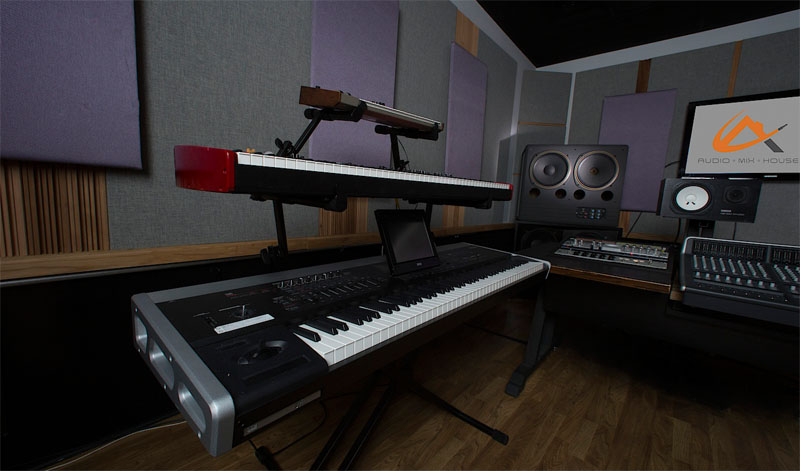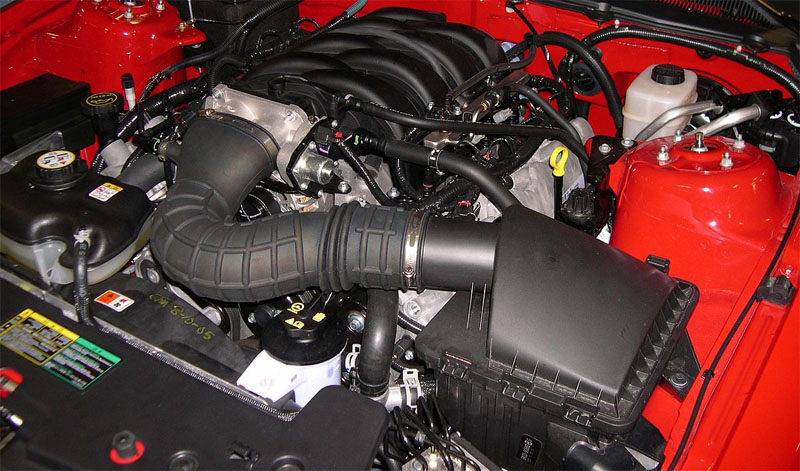What’s the use of car power inverters?
Car power inverters can easily convert direct current from car batteries to alternating current for electric appliances. You can easily use it to power lights, microwave ovens, power tools, televisions, computers and many other household appliances even in your car. They draw power from car batteries, so, the batteries’ timely recharging will be quite necessary. A car battery can be recharged by running the vehicle’s engine or using car battery chargers. Other charging methods include using gas generators, solar panels, etc.
What size of car power inverter to choose?
Power1986 offers multiple car power inverters with their power storage from 150 W – 3000 W. For specifications of each model, you can browse our Car Power Inverters.
When selecting a car power inverter, what you need to consider first will be the Continuous Power and Peak Power of a product. They refer to the continuous and peak power that you can use to drive all the electric appliances you want to use with the inverter. Peak power is also referred to the starting power. Many electric appliances consume different amounts of electricity during their start-up period and smooth operation period. The continuous power of an electric appliance can be simply calculated by multiplying the rated current by the rated voltage.
In general, the peak power of most electric appliances is about twice the continuous power. But that’s not all. Some electric appliances, such as air conditioners, freezers, and pumps, can operate at peak power levels that are three to seven times greater than their continuous power.
Therefore, when considering the power of a car power inverter, it is necessary to add the peak power of all the electrical appliances that the inverter tends to drive. Then, the peak power of the inverter chosen needs to be greater than the sum of the peak power of the appliances. In this way, the inverter can be guaranteed to provide sufficient power supply to the electrical appliances steadily and continuously.

How to calculate the working time of a car power inverter?
The working time of a car power inverter is determined by the total power of the inverter and the total power of the electric appliances driven by the inverter. That is: the working time = the total power of the inverter/the total power of electrical appliances. But the discharge coefficient of the car battery and the conversion efficiency of the inverter should also be considered. In general, the discharge coefficient of car lead acid batteries is generally 0.8, while the conversion efficiency of car power inverters is usually 0.9. Therefore, the working time of a car power inverter = the total power of the inverter×0.8×0.9/ the total power of electrical appliances.
For example, if you use a 2000 W car power inverter to drive a 100 W light bulb, its working hours = 2000 W×0.8×0.9/100=14.4 hours.
What is an overcurrent protection device?
A car battery can provide a huge current. In the event of a short circuit, the current transmitted by the wire can reach several thousand amperes in short period of time. The short circuit of the battery will cause serious damage to the battery, even cause fire and other more serious consequences. Therefore, installing one or a few fuses or circuit breakers on the positive cable between the inverter and the battery is an effective means to protecting the system. When a short circuit occurs, the fuse or circuit breaker will be blown instantly to avoid further damage caused by the large current. The fuses or circuit breakers adopted by the inverter is selected according to the power of the equipment. The use of over-sized fuses or circuit breakers will cause the failure of the disconnection of the wire when it bears a load exceeding the rated power. The consequence is that the wires heat up, which will bring potential dangers.
Use car power inverters to operate high-power appliances such as microwave ovens
Microwave ovens are relatively electrical appliances with large power consumption. The rated power stated on the logo refers to the power of the product when it is cooking. The rated power of modern microwave ovens is generally about 800-1500 W, and their power consumption can often reach nearly twice that number. Similar high-power appliances are induction cookers, electric heaters and so on. If you need to use a car power inverter to drive such high-power appliances, you need to consider whether the power of your inverter can meet the requirements. Therefore, when you consider how to choose a car power inverter, what is important will be to determine the power of the product based on your actual needs.

Suggestions for TV and audio equipment
Since car power inverters supply power for electrical appliances, so in their design and manufacture, many products have passed a certain electromagnetic radiation shielding treatment. By doing so, it can be promised that the inverter will not produce signal interference to electric appliances like TV which is sensitive to electromagnetic radiation. If an inverter is found to interfere with a TV when it is used, you can try to reduce the interference by taking the following measures:
- Adjust the relative position between the TV, the inverter and the antenna cable.
- Maximize the distance between the TV and the inverter or the antenna cable.
- Wind up the input cable of the inverter and power cable of the TV.
- Some poorly shielded audio systems will produce a slight buzz due to the use of inverters when it’s working. There is no good solution to this problem unless you can replace it with a system which has a better power supply.
Safety precautions and installation tips
- Install a car power inverter on a surface which is dry, cool, and flat. The inverter must be used in a dry environment. Rain or wet conditions can easily cause the inverter to conduct electricity, which can lead to serious injuries to its user. Also do not use inverters near flammable materials to avoid ignition of the materials due to poor heat dissipation conditions.
- In order to ensure the normal and stable operation of the inverter, the environment should be ensured to be well ventilated, which is conducive to the timely distribution of heat generated. There should be enough space around and at the top of the inverter to ensure sufficient air ventilation and heat dissipation.
- Do not install the inverter into the engine compartment of the car. The engine compartment of a car is hot and there might be the existence of oil, water and sulfuric acid pollution. In addition, the possibility of potential sparks from the inverter could pose a serious risk to the working of the car.

Car power inverters are popular with car users. It is hoped that the above Q&A can make the use of car power inverters more convenient and safe, and make them good assistants for emergency power supply. For more information about car power inverters, please check our previous blog Some Basics about Car Power Inverters.
